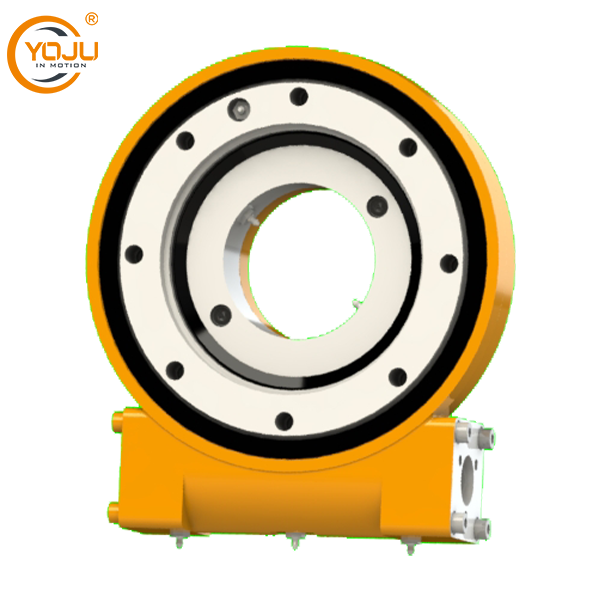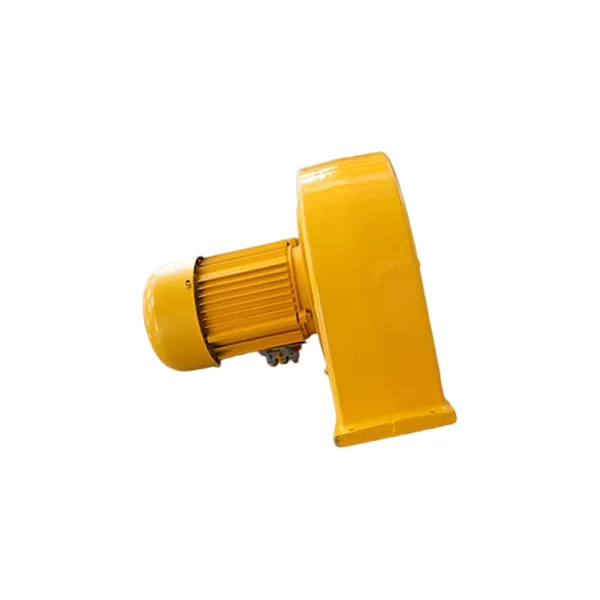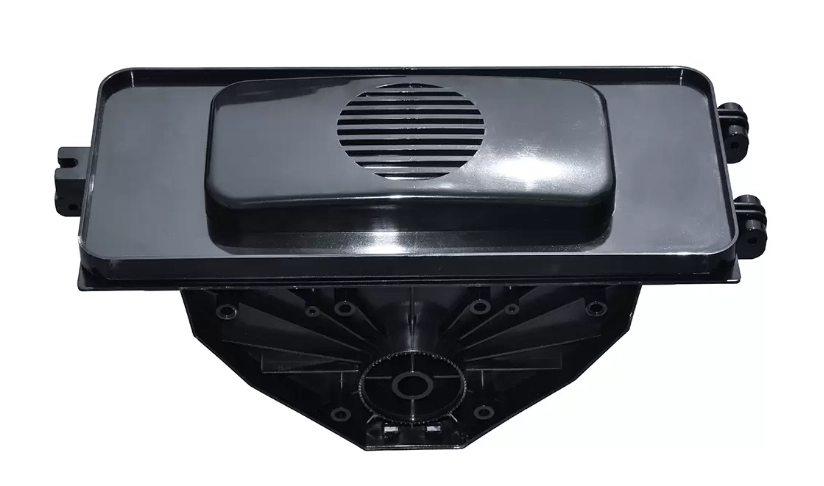In modern industrial welding operations, precision, efficiency, and reliability are paramount. One critical component that significantly influences these factors is the welding positioner slew drive. This specialized drive system enables smooth rotation and accurate positioning of welding fixtures, allowing operators to execute complex welds safely and efficiently. In this blog post, YOJU, an industrial equipment slewing drive manufacturing factory, will share the features of precision welding positioner slew drive for sale, its applications, etc.
Understanding Welding Positioner Slew Drives and Their Mechanism
A welding positioner slew drive is a mechanical device designed to rotate welding tables, fixtures, or workpieces with high precision. Unlike conventional rotary drives, slew drives integrate a compact gearbox and bearing system to provide both torque transmission and axial support. The integration reduces the need for multiple components, minimizing assembly complexity and enhancing operational reliability.
The primary mechanism of a slew drive includes a worm gear or planetary gear system that converts input torque into controlled rotational motion. This allows the welding positioner to rotate workpieces at variable speeds while maintaining exact alignment. For critical welding applications, the drive must deliver both high torque and minimal backlash, ensuring consistent weld quality across repeated cycles.
Key Features of Welding Positioner Slew Drives
Modern welding positioner slew drives incorporate several features that make them ideal for industrial use:
-
Compact and Modular Design: The integrated design allows for easy installation in welding positioners of various sizes.
-
High Torque Capacity: Enables rotation of heavy workpieces without compromising precision.
-
Durable Construction: Made from hardened steel or alloy materials to withstand continuous load and welding environments.
-
Low Maintenance Requirements: Sealed housings prevent contamination, extending operational life.
-
Versatile Mounting Options: Adaptable to both vertical and horizontal positioners for diverse welding tasks.
These features make slew drives an indispensable component for achieving precise positioning and rotation in welding operations.
Applications of Welding Positioner Slew Drives in Industrial Settings
The use of welding positioner slew drives spans multiple industries, including automotive, shipbuilding, aerospace, and heavy machinery fabrication. Some notable applications include:
-
Robotic Welding Cells: Slew drives provide stable rotation for robotic welding arms, improving weld accuracy and cycle times.
-
Pipe and Pressure Vessel Fabrication: Large cylindrical workpieces can be rotated smoothly to facilitate circumferential welds.
-
Structural Steel Welding: Heavy steel beams and frames benefit from controlled rotation, reducing manual labor and increasing safety.
-
Automotive Component Assembly: Precision slew drives enable multi-angle welding of chassis parts and exhaust systems.
These applications highlight the versatility and necessity of slew drives in modern manufacturing environments.

Advantages of Integrating Slew Drives into Welding Positioners
Integrating a welding positioner slew drive into your welding setup offers multiple operational advantages:
-
Enhanced Weld Quality: Accurate rotation ensures uniform weld seams and reduces defects.
-
Increased Efficiency: Automated rotation minimizes manual repositioning, speeding up production cycles.
-
Improved Safety: Reduces the need for manual handling of heavy components, lowering workplace injury risks.
-
Durability Under Load: High torque capacity supports heavy or awkwardly shaped workpieces without slippage.
-
Flexibility in Operation: Slew drives accommodate both continuous and indexed rotational movements, suitable for diverse welding tasks.
By leveraging these benefits, manufacturers can achieve higher output, better product consistency, and reduced operational costs.
Selection Criteria for Welding Positioner Slew Drives
Choosing the right welding positioner slew drive is crucial for ensuring optimal performance. Key factors to consider include:
-
Load Capacity: Ensure the drive can handle the maximum weight of your workpieces.
-
Torque Requirements: Determine the necessary torque for smooth rotation under welding loads.
-
Rotational Speed: Select drives that provide adjustable speed to match welding procedures.
-
Environmental Resistance: Consider sealed or coated drives for high-temperature or dusty environments.
-
Compatibility: Ensure the slew drive is compatible with your existing welding positioner design.
A careful evaluation of these factors ensures long-term reliability and consistent performance.
Maintenance and Longevity of Slew Drives in Welding Operations
Maintaining welding positioner slew drives is essential to maximize their operational lifespan. Best practices include:
-
Regular Lubrication: Use manufacturer-recommended lubricants to reduce gear wear.
-
Inspection for Wear: Periodically check gears, bearings, and seals for signs of fatigue.
-
Environmental Protection: Ensure drives are shielded from welding spatter, dust, and moisture.
-
Load Monitoring: Avoid exceeding rated load capacity to prevent premature failure.
By following proper maintenance routines, slew drives can operate reliably for many years, contributing to consistent welding productivity.
Future Trends in Welding Positioner Slew Drive Technology
The welding industry continues to innovate, and welding positioner slew drives are no exception. Emerging trends include:
-
Integration with Automation Systems: Slew drives increasingly interface with PLCs and robotic controllers for precise, automated welding.
-
Enhanced Material Technologies: Use of advanced alloys and coatings improves wear resistance and reduces maintenance intervals.
-
Compact High-Torque Designs: Manufacturers are developing smaller, more efficient drives capable of handling heavier workpieces.
-
Smart Condition Monitoring: Sensors embedded in slew drives allow real-time monitoring of performance and predictive maintenance.
These trends indicate a move toward smarter, more efficient, and highly reliable welding systems.
Conclusion
In conclusion, the welding positioner slew drive is a cornerstone of modern welding operations, combining precision, reliability, and durability. Its ability to rotate and position workpieces accurately enhances weld quality, improves safety, and streamlines production processes. As technology advances, welding positioners equipped with advanced slew drives will continue to drive efficiency and innovation in industrial manufacturing. For engineers and manufacturers, understanding the mechanics, applications, and selection criteria of slew drives is essential to achieving optimal welding performance.
www.enyoju.com
YOJU




More Stories
Circular Economy Solutions: COMY Environmental Technology Leading the Charge
How Oil Type Transformers Enhance Industrial Power Efficiency
Indoor vs. Outdoor EV Chargers: Choosing the Right 7kW Charging Solution for Your Home